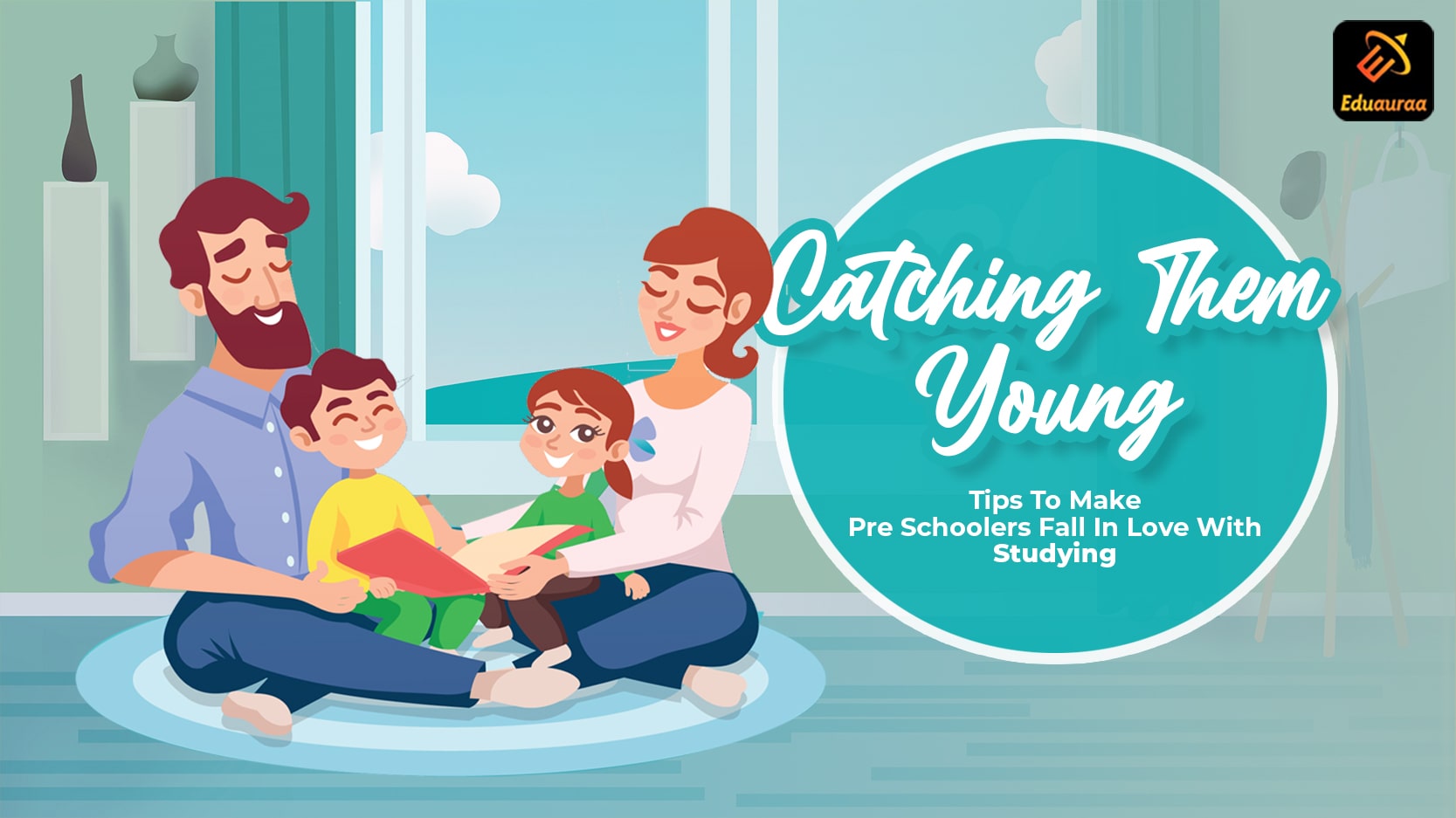Catching Them Young: Tips To Make Pre Schoolers Fall In Love With Studying

Language-rich activities enable children to learn literacy skills in a social setting. Reading aloud to students helps with reading comprehension, letter recognition, and print literacy.
Teachers should spend time reading books aloud to their students every day. Teachers can also put on puppet shows and speak about their favorite books and stories.
There are techniques for making these experiences even more important, whether a teacher is reading aloud, chatting, or writing with a child. Preschoolers may make journals to practice basic printing skills, including writing their names and drawing on other pages.
Teachers can also have a reading room where students can choose their favorite picture books and spend quiet time reading them.
Forming a Strong Reading Doundation
Learning to read is a beautiful way to acknowledge and reward their excitement.
Believe that giving your child a head start on basic reading skills — from recognizing letters to identifying sounds to learning to read words — will boost his or her faith, foster wonder, and lay a solid foundation for reading in elementary school.
Almost all preschool and kindergarten children do need help in developing their language and literacy skills.
Children can integrate literacy into their play when they have access to reading and writing resources at home and their childcare or Head Start program.
Many young children practice literacy through play on their own, with little help from adults.
Some tutoring techniques for working with preschool and kindergarten children are mentioned below. They are as follows:
Reading aloud
The act of reading aloud entails much more than just saying words and turning pages.
When you show your enthusiasm for the pictures, plot, setting, and characters, the child will share your enthusiasm.
Reading aloud to a child as much as possible is one of the best ways to promote emerging literacy.
Spend at least part of each session reading aloud if you work with children in a nursery or kindergarten.
With your help, the child will learn to decipher the meaning of the sentences, improving his or her comprehension and enjoyment of the story.
Look for clues in the illustrations at read-aloud sessions, talk about what could happen next, and explain how the story applies to the child's real-life experiences.
The most important methods for reading aloud to young children.
a. Pick a book
b. Become acquainted with the book
c. Create a favorable environment for success.
d. Before beginning the plot,
e. Read the story aloud.
Talking with children
Talking with children is an effective way to promote their developing literacy since all types of language are interconnected.
Talking helps children develop critical thinking skills, express themselves creatively, expand their vocabulary, and comprehend the differences between oral and written types of language.
As previously said, talking is an essential component of reading aloud to young children.
When you communicate with a kid, you are sending important messages.
Let them know you are interested in what they are saying, this will encourage them.
When reading, writing, playing, and going through routines with children, you can talk with them.
Writing with children
Writing helps children understand that letters reflect sounds and contributes to their emerging reading abilities by focusing their attention on print.
When children can shape letters and words in traditional ways, handwriting comes later. Writing is the act of placing thoughts on paper to communicate with others.
In the early years of life, children begin to learn to compose.
If you work with children aged 3 to 5, you will provide guidance that will assist them in making discoveries about writing.
To promote writing, you should do the following:
a. Show the child how you use writing.
b. Assist a child in seeing the connection between spoken and written words.
c. Encourage a child to write down her thoughts.
d. Include resources for writing practice.
e. Be respectful of a child's home tongue.
f. Assist the child in seeing the links between oral and written language.
g. Assist a child in developing the small muscles and coordination necessary for writing.
h. Have the child write a story and illustrate it.
i. Create an alphabet book or alphabet cards.
Takeaway highlights!
Introduce the concepts of numbers and mathematics.
Ascertain that students can recognize various shapes and understand why they are given specific names.
Patterns and forecasts are discussed.
Preschool teachers can plan many events that teach the fundamental concepts of numbers and math.
Physical objects, such as colored tiles, can be manipulated and counted to help students link them to written numbers.
Observation is an excellent way to teach science.
Students may be asked to distinguish objects based on physical characteristics such as size, length, weight, and temperature.
Children may also test theories through experimentation, such as predicting what will happen when two colors are mixed and watching the outcome.
Students are asked to consider the world around them while teaching early science skills.
Children may explain the properties of events and objects using their senses, such as what distinguishes rain from snow.
Art and creativity
Drawing, music, and movement are all creative processes that help children communicate their experiences, express their emotions, and understand cause and effect.
Learning colors and shapes and improving motor skills can be supported by strategies that develop a child's imagination and creativity.
It helps to relate the arts to education and bring what a child has learned together.











